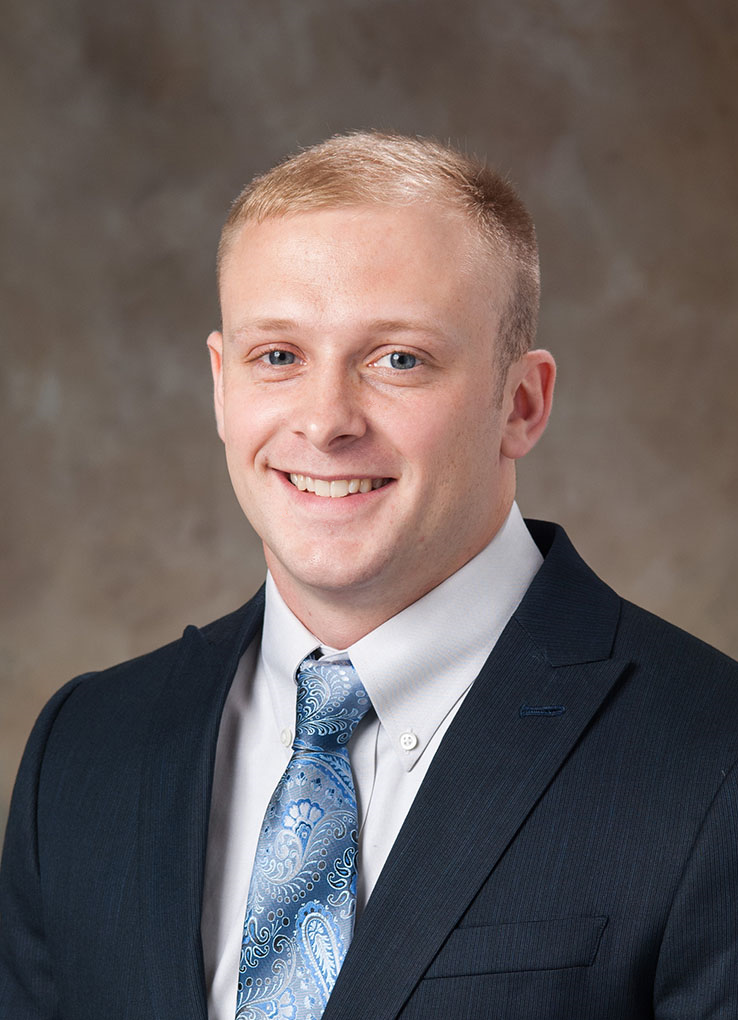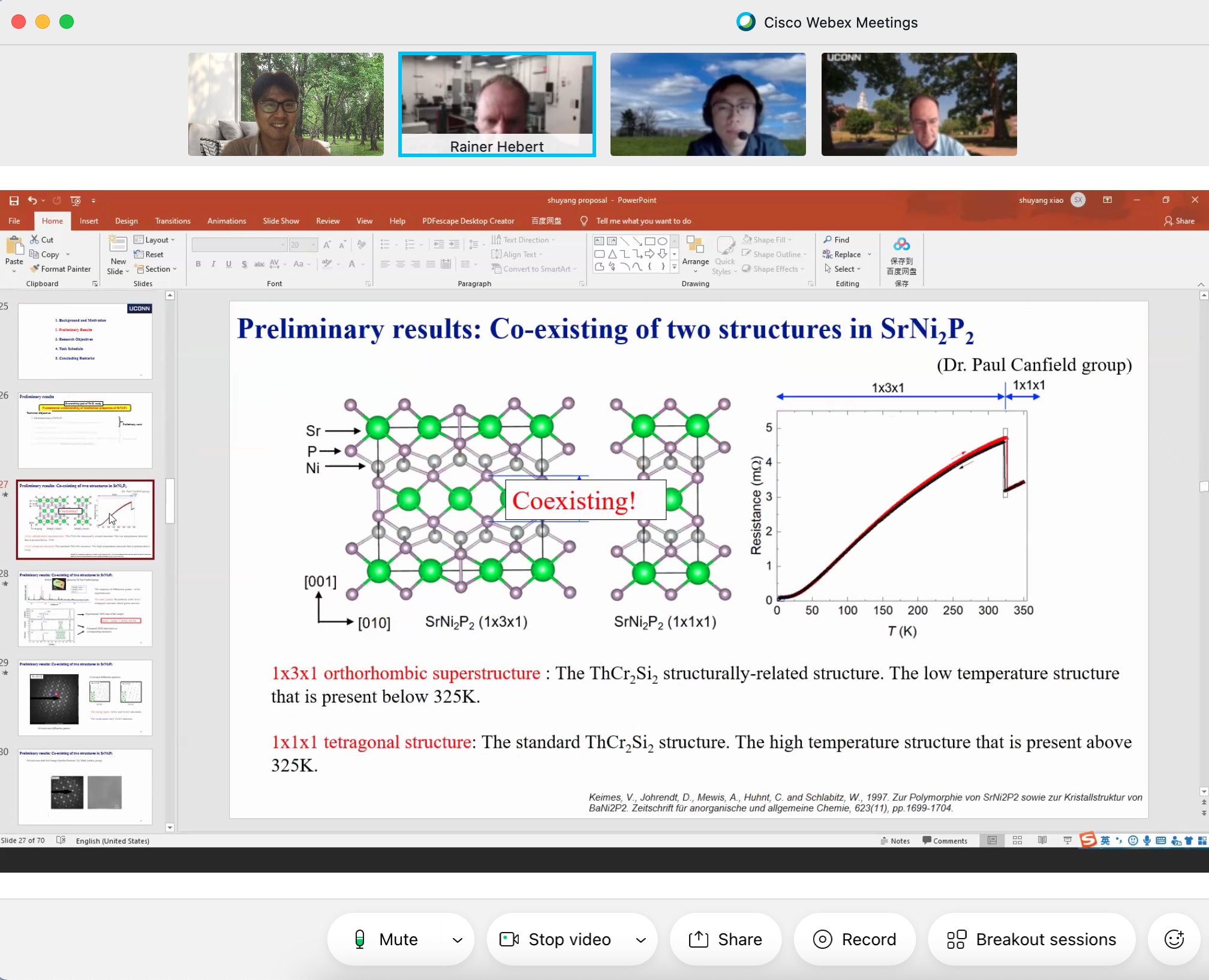Seok-Woo gave two invited talks. The title of talk was “Superelasticity of ThCr2Si2-structured intermetallic compounds: Making and Breaking Bonds“. These talks summarized our research on superplasticity of ThCr2Si2-structure intermetallic compounds for the past five years at UConn.
One invited talk was given at Korea Institute of Industrial Technology on August 11, and the other was given as the Department Seminar in the Department of Materials Science and Engineering at Korea University on August 18,





